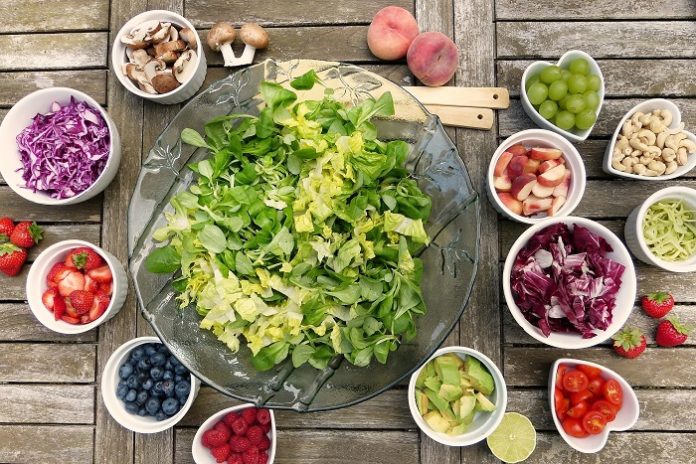“you are what you eat”
For example, there is no need to look into the dietary fiber when comparing 2 kinds of milk, but look into the calcium, vitamin D, or the total fat counts.
Something else:
Compare the length of the ingredient lists between 2 same products and favor the one with fewer additives.
For example, 2 different hummus dips can differ a lot with some containing over 11 ingredients.
Think about the ingredients that would be used if you made it from scratch: chickpeas, garlic, lemon juice and tahina.
Very simple.
PS: If you have dietary intolerances or allergies, you need to read carefully the ingredient lists.
The guide to your foods label:
– Order is important:
The ingredients on a nutrition label are listed in order of greatest to least quantity. So often the top 3 items reveal the nutritional quantity of the food.
Look out for words like fruit juice concentrate, honey, golden syrup, sucrose, glucose, dextrose, palm sugar, maltose and corn syrup. They are all various forms of sugar.
– Fat:
Beware of the ingredients like shortening, full-cream, coconut oil, ghee and vegetable oil. They are all fat and animal derived.
What those mean:
Per 100g:
– Total fat:
Low fat foods must contain 3g or less of total fat per 100 g to be labeled as such.
– Saturated fat:
Aim to keep this cholesterol-raising “bad fat” as low as possible. Avoid the Trans fatas well.
– Sugar:
Low sugar foods must contain no more than 5g of total sugars per 100g
– Salt:
Low salt foods must contain no more than 120mg of sodium per 100g
– Dietary fiber:
WHAT ABOUT EATING OUT??
Even though many restaurants provide nutritional panel and ingredient listings, sometimes you might have no knowledge about the ingredients when eating out or even when doing a take away meal.
All you have to do is ordering healthy meals, and waiters can always help you with that.
At the end, we all want to know what is the best food for our condition, right?
I hope that article was beneficial for you.
To subscribe to my diet programs, don’t forget to log in to: www.eatlikemira.com


















